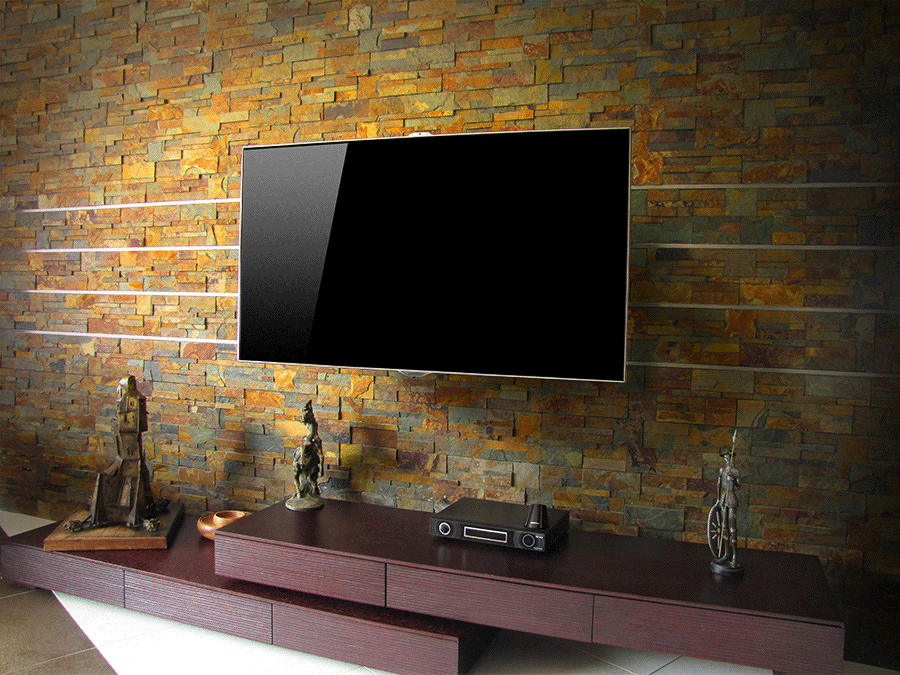
vIP PASS? Common Questions and Answers
How can vIP PASS save the cable industry hundreds of millions of dollars?
The cable industry’s current expenditures of approximately $1 Billion per year are based on simple upgrades of the network to accommodate higher data speeds. Most operators use 2-3 channels to support maximum data speeds of 50 Mb/s to 100 Mb/s. However, the expenditures to support upcoming high amounts of video traffic will necessarily be much greater, because while data streams are quite bursty, video streams require a high bit rate for much longer periods of time. This phenomenon is called persistency. Data persistency is routinely 5% while video persistency can easily be 50%. As video traffic continues to grow, this means that significantly more CMTS downstream channels will be required to carry this video content. Based on today’s market, it is likely that industry expenditures for CMTS expansion could exceed $2 Billion annually, virtually all of this expenditure being driven by video traffic. If vIP PASS were universally adapted for carrying the majority of this traffic, it could save the industry approximately 75% of this CapEx expense.
Won’t the price of CMTS’s come down to equal vIP PASS?
The answer to this can be found in previous technological disruptions. vIP PASS is a combination of a software control plane and a high volume, low-cost universal edge QAM. While a CMTS could make use of low-cost edge QAMs, it is inherently a relatively specialized, hardware platform. Even in next-generation CMTS’s the question is whether a hardware device can meet the price of a software server. For example, n telephony soft switches became the technology of choice for new services and capacity expansion over hardware-based Class 5 switches. vIP PASS can be thought of as a video Softswitch alternative to hardware-based CMTS’s. Older CMTS’s won’t go away, rather vIP PASS is an excellent complement to the CMTS for carrying new, highly demanding video traffic most economically and flexibly.
Doesn’t your comparison of vIP PASS pricing to CMTS pricing leave out a major component ? the CMTS return path?
vIP PASS is not intended to replace the CMTS, but rather to complement it by carrying the high bandwidth demanding video streams sent to subscribers. Since the upstream traffic generated by subscribers for video content consists of simple low-speed channel changes and program requests, there is no need to add any upstream bandwidth to accommodate this meager traffic. Even a DOCSIS 1.0 CMTS can accommodate this upstream traffic generated by channel change and program requests without the need for any new upstreams. Therefore, the incremental upstream cost of implementing vIP PASS is $0.
Why do you claim that vIP PASS provides a superior customer experience for a managed video service? Doesn’t a CMTS provide QoS?
Yes, both CMTS’s and vIP PASS provide QoS. The difference is that vIP PASS provides a comprehensive set of proven video utilities and video tools for understanding IP performance at the video level and for understanding collective customer viewing behaviors. Furthermore, these tools provide the same information for broadcast and SDV services. Therefore, vIP PASS can provide a more complete view of the network, program viewership, and collective customer behaviors on a comprehensive basis than DOCSIS, because no similar tools exist for CMTS video delivery. This is especially important in optimizing the network and in providing critical data necessary to monetize programming via commercial insertion. For example, vIP PASS tools can provide a comprehensive view of how many viewers are tuned in to a channel, whether they are watching on an MPEG2 set-top, an IP set-top, a PC and any other IP-based CPE device.
Doesn’t vIP PASS take more bandwidth to provide the same program capacity as a CMTS?
Cable operators seeking to deliver a combination of unicast and broadcast video will find that with vIP PASS they can use the same number of channels or even fewer channels by deploying vIP PASS. This is because vIP PASS can more effectively distribute programming across the spectrum than a CMTS. While CMTS implementations will typically require small service group sizes, a vIP PASS implementation can use larger service groups, resulting in virtually no duplicate program streams which waste bandwidth. Furthermore, when combined with SDV, vIP PASS can share the same bandwidth, leading to even greater bandwidth efficiency. Future enhancements to vIP PASS will enable very large bonded channel groups supporting DOCSIS video and MPEG video applications within the same QAM. BigBand can perform comparative analysis for you. To determine your precise bandwidth requirements.
vIP PASS requires a DOCSIS 3.0 modem while a CMTS can use an existing DOCSIS 2.0 modem. Doesn’t this raise the cost of vIP PASS?
To deliver high-speed data and video, virtually all cable operators are employing DOCSIS 3.0-based modems which support channel bonding, This is due to the fact that only a small number of video channels could ever be supported in a four-channel bonding group along with 50 Mb/s or 100 Mb/s service. Therefore designing a CMTS-based IP video delivery system for managed IP services requires at least two independent tuners. Similarly, vIP PASS has been designed around cable operators desires to support high-speed data and video services at the same time. However, vIP PASS is more flexible than the CMTS because it employs switched digital technology to assign programming to the best tuner channel, thereby enabling more IP devices connected to the same modem to receive independent programming at the same time.
Aren’t the costs of CMTS’s going to fall dramatically in the near future, and if so, doesn’t this negate the benefits of vIP PASS?
In the last three months, CMTS manufacturers have claimed that the price per downstream channel will drop from the current price of $2,000 or more to $1000 to even $100 by 2011. For argument’s sake, let’s dismiss the rest of the benefits of vIP PASS including its ability to manage MPEG video and IP Video in a single context. The alternative to expanding downstream bandwidth with older, expensive CMTS technology is to buy vIP PASS today, saving 75% of your CapEx while being able to deploy new services that increase your customer satisfaction, your competitiveness and enable new revenue streams. If and when a next-generation CMTS becomes available, you can always opt to deploy these new CMTS’s and redeploy the vIP PASS servers and the universal QAMs for other video applications in your network, because they are universal. This is a win-win. You save money today, and your investment in vIP PASS continues to provide dividends whether or not a next-generation CMTS becomes available. vIP PASS enables you to lock in savings now and insure your competitiveness without waiting for new technology promised for delivery sometime in the distant future. BigBand has a comprehensive cost model which can predict your savings.
Why is vIP PASS an easier choice for delivering managed IP services compared to a CMTS?
vIP PASS provides a separate “least cost route” for managed IP services. The path for these services can be completely independent of the path for over-the-top video services. Therefore, if there is network congestion, there is no need to make a decision on whether to slow down managed video services or over-the-top video services because they are on separate paths. In contrast, a CMTS is inherently sized for oversubscription. Both managed video services and over-the-top services take the same path through the CMTS. At times of very heavy use when CMTS downstream capacity is oversubscribed, a decision has to be made as to which services have to be degraded – either managed services or over-the-top services, each with its own negative consequences. In the case of the CMTS, the only alternative to service degradation is to vastly overdesign the system which results in significantly greater CapEx cost and the need for additional scarce downstream bandwidth.






